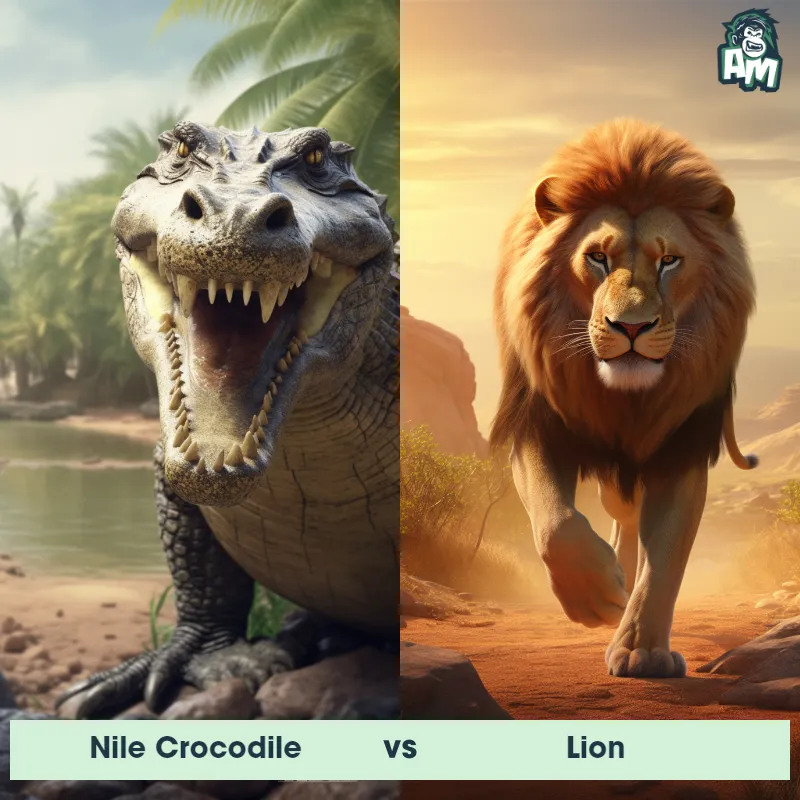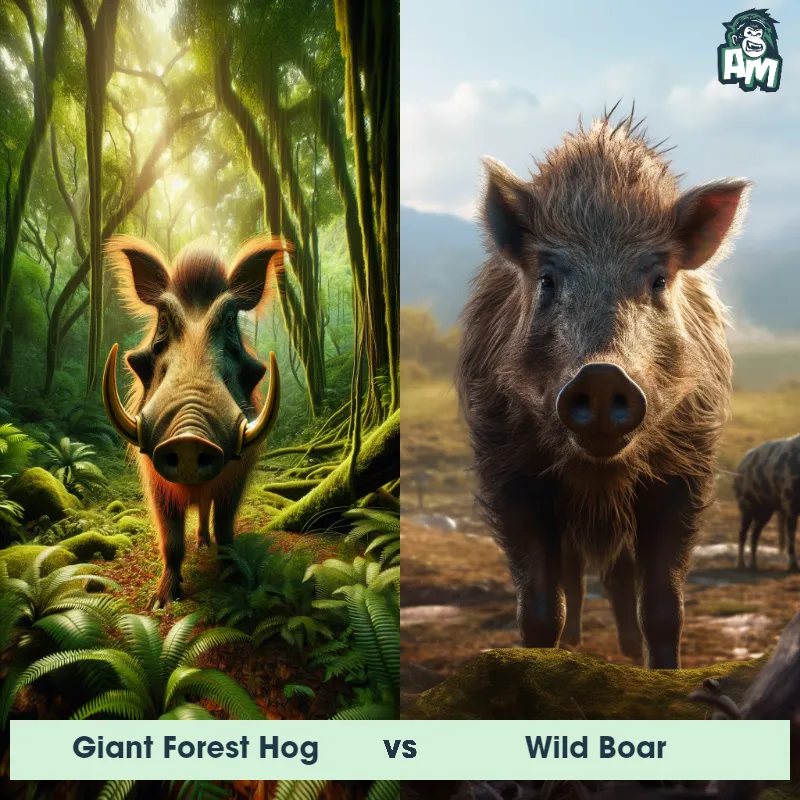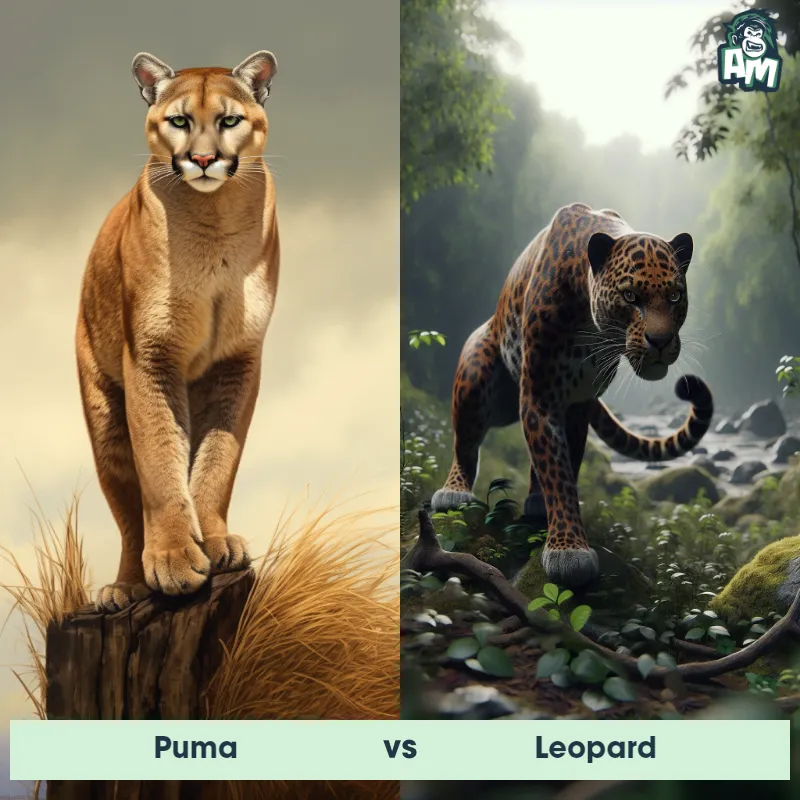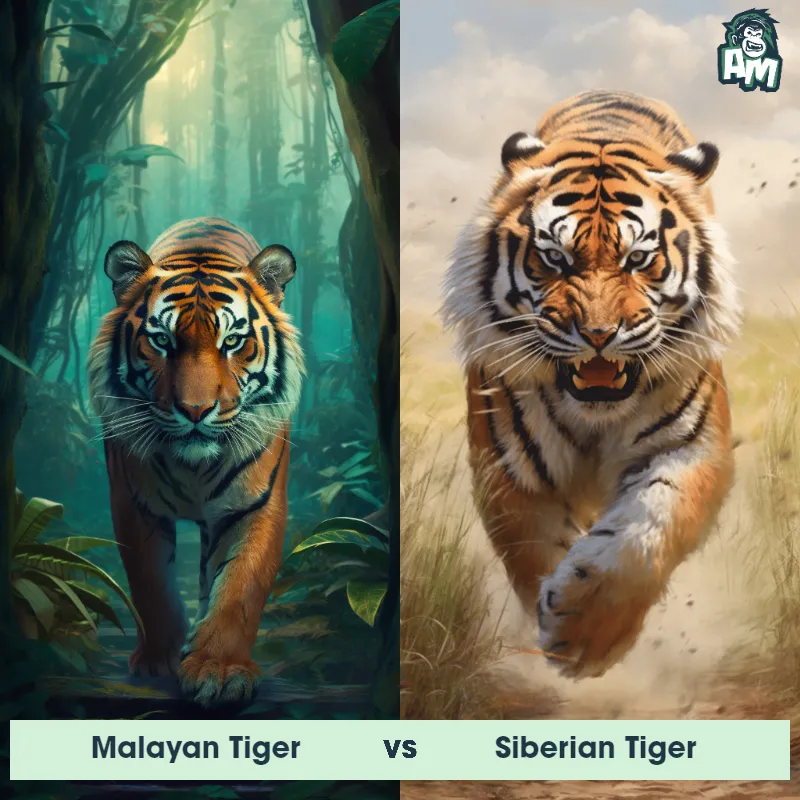Lion vs KangarooSee Who Wins

Ladies and gentlemen, welcome to a clash of extraordinary proportions! On one side, we have the representative of the African plains, the mighty Lion, a contender known for his brute strength and ferocity. On the other side, the Kangaroo, straight from the Australasian outback, a master of speed and agility. This matchup pairs the raw power of predator versus the nimble maneuverability of prey.
Contender 1: Lion
The lion, often referred to as the 'king of the jungle,' is a large, powerfully built cat known for its tawny coat and, in males, a magnificent mane. They are native to Africa and a small region in western India. Adult male lions can weigh up to 420 pounds, while females, who are primarily responsible for hunting, are slightly smaller. Lions are social animals and live in groups called prides, which are usually composed of related females, their cubs, and a small number of adult males.
![[object Object] Gif](https://tenor.com/view/lion-yawning-yawn-tired-exhausted-gif-12230852.gif)
Fun Fact: Lions are the most socially inclined of all wild felids, most of which remain quite solitary in nature.
Contender 2: Kangaroo
The kangaroo is a large marsupial native to Australia, characterized by its strong hind legs, large feet, and a muscular tail used for balance. Their unique body structure allows them to hop at high speeds and leap large distances. Kangaroos have a small head, large ears, and a pouch for carrying their young, known as joeys. The color of their coat varies from grey to brown or red, depending on the species.
Fun Fact: Kangaroos are known for their unique method of locomotion; they can't walk on all four limbs, instead, they use hopping as their primary means of getting around, which allows them to cover great distances efficiently.
Matchup Stats
| Lion | Kangaroo | |
|---|---|---|
| Size | 4.5 to 6.5 feet long (body length), 3.5 to 4 feet tall at the shoulder (1.4 to 2 meters long, 1 to 1.2 meters tall) | 3-8 feet tall (0.9-2.4 meters) |
| Weight | Up to 420 pounds (190 kilograms) | 40-200 pounds (18-90 kilograms) |
| Speed | 50mph (80km/h) | 44mph (70km/h) |
| Key Strength | Powerful build, strong jaws, sharp claws | Powerful hind legs and strong tail for balance and kicking |
| Biggest Weakness | Less agile compared to other big cats, dependent on strength and power | Limited mobility when not hopping |
Current Votes
Lion vs Kangaroo
See Who Wins
View More Matches
Looking For More?
Similar Matches
Scientific Stats
| Lion | Kangaroo | |
|---|---|---|
| Scientific Name | Panthera leo | Macropus |
| Family | Felidae | Macropodidae |
| Habitat | Grasslands, savannas, dense bush, and woodlands | Grasslands, forests, deserts, and suburban areas |
| Geography | Africa and a small region in western India | Australia and New Guinea |
| Diet | Carnivorous, primarily large ungulates | Herbivore, primarily grasses and shrubs |
| Lifespan | 10 years - 14 years | 6 years - 8 years |
Key Differences between Lion and Kangaroo
- Fur color and pattern: Lions have a short, tawny-colored fur that can range from light sandy to dark reddish-brown, with a lighter underside. Some lions also have a mane of long hair around their head and neck. Kangaroos have a fur that can vary in color depending on the species, ranging from gray, brown, or reddish hues. They often have lighter fur on their bellies.
- Size: Lions are significantly larger than kangaroos, with adult male lions weighing between 330 to 550 pounds (150 to 250 kilograms) and measuring around 4 to 5 feet (1.2 to 1.5 meters) tall at the shoulder. In contrast, kangaroos are much smaller, with adult males weighing around 140 pounds (64 kilograms) and standing approximately 5 to 6 feet (1.5 to 1.8 meters) tall.
- Ears: Lions have relatively small, rounded ears that are covered in short fur. Kangaroos have large, pointed ears that are usually covered in fur as well, which help them detect sounds and potential threats in their environment.
- Limbs and locomotion: Lions have four strong and muscular limbs, with the front limbs being slightly shorter than the hind limbs. They walk on all fours and have retractable claws. Kangaroos have powerful hind legs that are adapted for hopping and bounding, while their front limbs are relatively small and used for balance and grooming. They have large, strong hind feet with long toes that enable them to hop efficiently.
- Body shape: Lions have a muscular and compact body shape, with a large head, short neck, and a long tail ending in a tuft of fur. Kangaroos, on the other hand, have a more elongated body shape, with a small head, long and powerful hind legs, and a muscular tail used for balance.
- Facial features: Lions have a distinctive face with a prominent muzzle, large round eyes, and a black nose. They also possess sharp, retractable claws and powerful jaws. Kangaroos have a small, rounded face with large, expressive eyes and a long, narrow snout. They have long, curved claws on their hind feet, which they use for grooming and defense.































